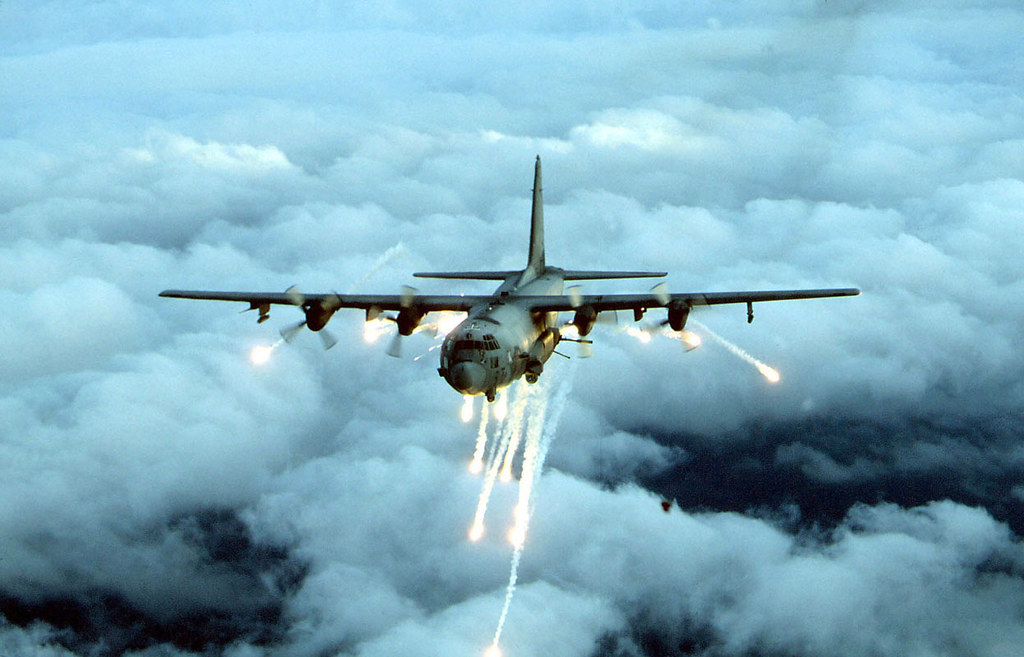The special Osama bin Laden virtual station inside the CIA Counterterrorism Center (CTC) gets underway. The “virtual” station is similar to the virtual Iran station (located in Frankfurt, Germany) that was created because of an inability to have an actual physical station in Tehran.
But because the bin Laden “station” is not about a country, and it is in the backwater of the then secondary and unimportant counterterrorism portfolio, few pay much attention. If anything, it even has an opposite effect. Rather than creating a bin Laden czar who focuses the Agency’s attention, it is seen as a hotbed of obsessed extremists focused on a questionable threat. That legacy would persist even through CIA director Tenet’s December 1998 declaration of war against al Qaeda and up until 9/11—the station an epicenter of analysis (and obsession), but the actual action regarding countering bin Laden taking place in the physical Pakistan and Uzbekistan stations (and in Yemen and other country stations) where covert action is being undertaken.
